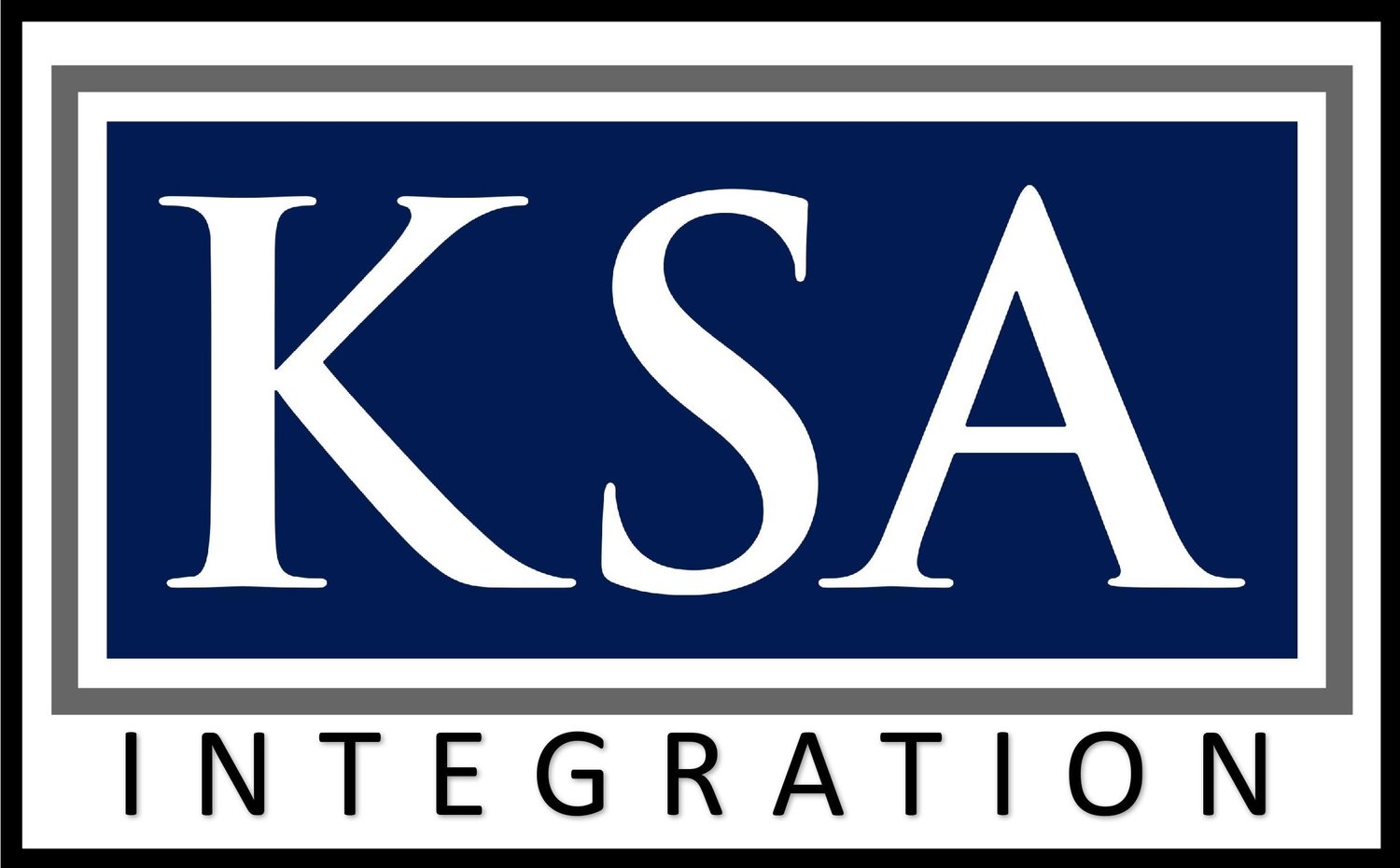Organizations and Innovation
- May 6, 2015
- Posted by: k-admin
- Category: Leadership

“Innovation has nothing to do with how many R & D dollars you have. When Apple came up with the Mac, IBM was spending at least 100 times more on R & D. It’s not about money. It’s about the people you have, how you’re led, and how much you get it.”-Steve Jobs
Innovation is enormously important. It’s the only insurance against eventual irrelevance. It is our only guarantee of long-term customer loyalty and success.
The topic of innovation has been written, spoken, and thought about as much –or more than—any area of management and leadership. But, a great deal is aimed at innovation “per se”, not the organizational dynamics of innovation or how to lead innovation. In this post, I hope to impart some useful insights on the nature of innovation as it relates to how organizations really work and the role of leaders. My focus is on the relationship between organizational behaviors and innovation.
First, I’ll begin by making a distinction that is usually missed: adaptation and innovation. Adaptation is the altering, modifying, redesigning, remodeling, revamping, converting, and reconstructing of known or existing things and processes. Innovation is new, transformational, originally creative, novel, ingenious, and inventive. Both are admirable pursuits but there is an important difference in the desired outcomes that most leaders under-appreciate. True innovation takes hard work, the right organizational support, and inspired leadership. Adaptation does too, but not to the degree that innovation does. All leaders should ask themselves and their employees if the company is adapting or innovating? It really matters.
Once you’ve answered this question, it’s essential to appreciate how all organizations drive toward self-optimization in order to understand how to manage successful innovation. As I’ve previously written, all organizations work relentlessly to optimize the personal convenience, circumstances, and betterment of those in the organization and in doing so sub-optimize all other things, especially the aims of the organization and its customers. Organizational self-optimization eventually creates a transformed organization that exists entirely for its own self-promotion and the perfection of every aspect of the employees’ work environment. This applies to every organization no matter what size: one person to tens of thousands. It is simply human nature: We all want things on our own terms, and in our personal lives are constantly engaged in an effort to evolve our worlds to suit our deepest desires. We transmit that to our work places and subtly, but relentlessly, impose it on our organizations.
Read more about self-optimizing behavior in an earlier post.
An organizational environment based on self-optimization is toxic for genuine adaptation and innovation. Most organizations are way too happy making their own circumstances more cozy, inviting, and free from newness of every type for innovation to survive–let alone thrive. In these types of environments, people who want to innovate are viewed as troublemakers and are punished or flatly ignored.
How do leaders create environments where innovation and adaptation thrive? It starts from creating a safe environment where employees’ ideas can connect; free from those that punish newness and preserve the status quo. To do so, leaders must cultivate an environment with the following critical elements:
- Human interaction
- Healthy conflict, even argument, and informed debates.
- An ability to challenge authority and bend rules.
- A willingness to stop doing something old in order to do something new.
- Acceptance that bureaucracy destroys innovation and adaptation—Innovators must be given the authority to cut through bureaucratic red tape.
- Direct access to end-users and customer
At the end of the day, innovation requires the willingness and ability to collaborate and share ideas with other people, to talk with customers, get their feedback and understand their needs. Innovation and adaptation requires thought, imagination, hard work, friction, heat, and change.
“Where all think alike there is little danger of innovation.” ― Edward Abbey, Desert Solitaire
Keith Stalder, #48
Copyright © 2015 Keith Stalder & Associates, LLC. All rights reserved.
Keith Stalder has over 40 years of leadership experience in organizations from the very large and established to small technology start ups and everything in between. With a broad and deep appreciation for, and understanding of, the fundamental challenges of organizations and businesses, both in government and the private sectors, his passion is to help all organizations become all that they aspire to. He is the founder of Keith Stalder and Associates, LLC, a company dedicated to advancing organizational visions and fundamentally transforming how businesses everywhere are run. Visit www.ksaintegration.com for more information.
